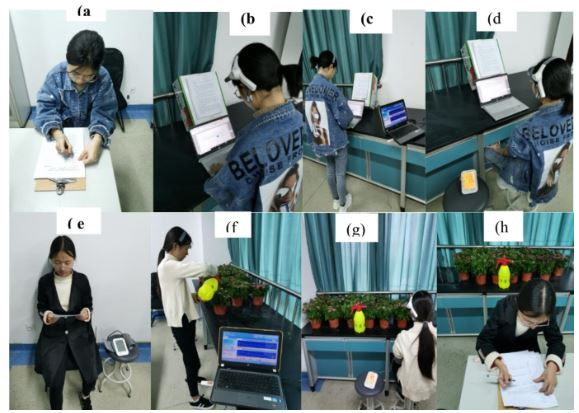Promoting adult health: the neurophysiological benefits of watering plants and engaging in mental tasks within designed environments
Published in Agricultural & Food Science, Behavioural Sciences & Psychology, and Arts & Humanities
Abstract
Background
Indoor, sedentary lifestyles have disconnected individuals from nature, necessitating interventions to reestablish this bond. Performing horticultural activities, such as watering houseplants, offers a potential solution. This study sought to determine how participating in horticulture activities affected adults’ cognitive and emotional moods.
Methods
We compared the benefits of watering houseplants (a gardening task) to those of standing while performing a computer task (a mental task). Chinese participants, aged 20 to 21 years, were recruited; their physiological and psychological reactions were measured using electroencephalograms, blood pressure assessments, and psychological assessments.
Results
Fifty participants were included. Watering indoor plants significantly reduced blood pressure, without affecting pulse rate. During the plant watering task as opposed to the mental activity, more dramatic different patterns of very high alpha and beta brainwave activity were identified. Participants reported increased happiness following gardening activities.
Conclusions
The findings of this study highlight the substantial relaxation benefits, both mental and physical, associated with the simple act of watering indoor plants.https://link.springer.com/article/10.1186/s40359-023-01362-5
Follow the Topic
-
BMC Psychology

BMC Psychology is a peer-reviewed, open access journal that welcomes articles on a broad range of topics related to psychology, human behavior, and the mind.
Your space to connect: The Psychedelics Hub
A new Communities’ space to connect, collaborate, and explore research on Psychotherapy, Clinical Psychology, and Neuroscience!
Continue reading announcement




Please sign in or register for FREE
If you are a registered user on Research Communities by Springer Nature, please sign in